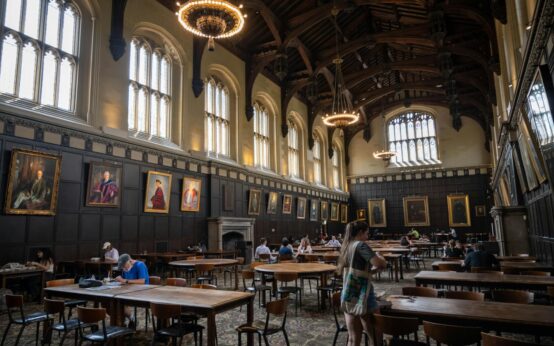SpaceX’s highly anticipated second test launch of its colossal Starship took place on November 18th, but unfortunately, it ended in flames. The Federal Aviation Administration (FAA) had cleared SpaceX for the launch from its coastal base in Boca Chica, Texas. This commercial space company, known for its revolutionary reusable rockets, planned a high-altitude demonstration that was expected to last for 90 minutes. However, the launch was postponed by a day to make necessary repairs.
Starship: A Work in Progress
SpaceX’s Starship, standing 397 feet high with its booster and powered by 33 engines, is still in the demonstration phase and far from being a finished vehicle. The company has tempered expectations for these launches, acknowledging that they are part of the rapid iterative development process. The first launch test in April 2023 saw Starship fly for around three minutes before being deliberately destroyed by SpaceX.
SpaceX’s Ambitious Plans
Despite the setbacks, SpaceX remains committed to developing Starship into a fully reusable launch system capable of carrying satellites, payloads, crew, and cargo to various destinations. The company envisions Starship being able to reach Earth, lunar, and Martian landing sites. This ambitious plan requires extensive testing and modifications to ensure the success and safety of future missions.
Livestreaming the Launch
SpaceX live-streamed both the launch and the flight of the Starship. The livestream featured ground cameras as well as cameras attached to the rocket itself. The replay of the launch can be watched directly on the SpaceX website or on their social media accounts. The livestream started before the launch window opened, but viewers can skip ahead to 38 minutes on the replay to go straight to the launch itself.
The Test Launch
The test launch began with the enormous booster successfully lifting off and separating from the top half of the Starship. However, instead of landing in the Gulf of Mexico as planned, the booster exploded. Shortly after, communication with the top half of the rocket was lost at 480,000 feet, just before SpaceX was about to shut down its engines. The original plan was for the Starship to orbit Earth before splashing down in the Pacific Ocean.
Conclusion
While the second test launch of SpaceX’s colossal Starship ended in flames, it is important to remember that the development of this groundbreaking vehicle is still in progress. SpaceX is continuously learning and making necessary modifications to ensure the success of future missions. Despite the setbacks, the company remains committed to its vision of creating a fully reusable launch system that can revolutionize space travel. Stay tuned for more updates on SpaceX’s journey towards achieving this ambitious goal.
Additional Information: SpaceX has faced several challenges during the development of Starship, including previous test failures and technical difficulties. However, these setbacks have not deterred the company from pushing the boundaries of space exploration and advancing the possibilities of human space travel.
Tone of Voice: The tone of this article should be informative and optimistic, highlighting the achievements and ambitions of SpaceX while acknowledging the challenges they face.



 The Ethics of AI Content: Bias, Truth, and Ownership
The Ethics of AI Content: Bias, Truth, and Ownership  Serverless Architecture: The Ultimate Guide for Developers
Serverless Architecture: The Ultimate Guide for Developers  AI Translating Ancient Texts: A Digital Rosetta Stone
AI Translating Ancient Texts: A Digital Rosetta Stone  Improving Mental Health Diagnostics with Technology
Improving Mental Health Diagnostics with Technology  How Tech Creates More Inclusive Banking for All
How Tech Creates More Inclusive Banking for All  Beyond Passwords: The Future of Authentication Is Here
Beyond Passwords: The Future of Authentication Is Here  Backtest Crypto Trading Strategies: A Complete Guide
Backtest Crypto Trading Strategies: A Complete Guide  NFT Standards: A Cross-Chain Guide for Creators & Collectors
NFT Standards: A Cross-Chain Guide for Creators & Collectors  Decentralized Storage: IPFS & Arweave Explained Simply
Decentralized Storage: IPFS & Arweave Explained Simply  How to Calculate Cryptocurrency Taxes: A Simple Guide
How to Calculate Cryptocurrency Taxes: A Simple Guide  Your Guide to Music NFTs & Top Platforms for 2024
Your Guide to Music NFTs & Top Platforms for 2024  TradingView for Crypto: The Ultimate Trader’s Guide
TradingView for Crypto: The Ultimate Trader’s Guide